
“It’s a massive, massive [environmental assessment],” said Shane Wilson, Principal for Trailhaus. “60-plus miles of trails being permitted on Forest Service, that’s — I shouldn’t say unprecedented, but it’s rare. It doesn’t happen often. It’s a very, very big deal.”
The environmental assessment (EA) Wilson referred to has approved the construction of 63 miles of new singletrack mountain bike trails in the Pine Valley District of the Dixie National Forest near St. George, Utah. These 63 miles will be split across two distinct trail systems, and the first (and largest) network is already well underway.
Twenty-one miles of singletrack have already been built in the brand-new Cliffrose Trail System high above the city of St. George, with another roughly 22 miles planned for the Cliffrose System. The final 20 miles of trail in the EA will create another entirely new trail system near the town of Pine Valley.

The Cliffrose Trail System adds a new type of mountain bike experience to Greater Zion Utah
The trails in Greater Zion Utah, anchored by the towns of Hurricane and St. George, have long been popular with mountain bikers. Riders travel from all over the world to pedal the area’s iconic rocky-topped mesas, like Gooseberry Mesa. Most of the trails that aren’t on the mesas still contain endless rock slabs and rock gardens, with sandy singletrack in between.
But Cliffrose adds an entirely new type of mountain biking experience to the region.
Gone are the slabs of red rock, and in their place, Cliffrose features professionally built mountain bike trails that are actually true singletrack. The trails are dug into the mountainside, with the best offerings providing superb swoop and flow, with berms, rollers, and plenty of features winding their way through a forest of juniper trees.
The dirt at Cliffrose boasts a higher clay content, thanks to the zone’s elevation. The trails begin at about 4,900 feet above sea level and will eventually climb to about 7,200 feet. These high elevations also effectively extend the comfortable riding season in St. George, since the city sits at 2,861 feet.
“[Cliffrose] typically runs 10 plus degrees cooler than St George,” said Kevin Christopherson, President of the Trail Alliance of Southern Utah (TASU). “So that’s going to extend the bike season here by a month on each hand, right? Instead of a six, seven-month comfortable [season], now you can have more like a 9-10 [month] comfortable season.”
The trails are being built on the side of an extinct volcano, evidenced by large deposits of volcanic basalt strewn across the hillside. “In fact, near the top of phase three, there’s actually a small caldera [with] a lake,” said Christopherson.
$1.2 million in funding has allowed TASU and the USFS to hire professional trail builders
It took years of work for TASU to shepherd the project from idea to construction, with the first groundwork laid in 2018. Christopherson and other members of TASU invested countless hours in advocacy, planning, flagging, and more. But to get top-tier trails built, they went beyond volunteer labor to hire some of the best trail builders in the nation.
Over $1.2 million has already been invested at Cliffrose, including $500,000 for a trailhead that will be built soon. Washington County contributed substantial matching funds so TASU could qualify for a state outdoor recreation grant with a 50/50 match. “Washington County deserves a huge credit,” said Christopherson. “They put up all of the match for phase three. We put up all of the match for phase one, and since then, they’ve matched it.”
Professional trail construction has created several top-tier descents at Cliffrose
Today, there are two main downhill lines in the network: PJ Party and Rooster Ridge to Juniper on the Rocks. Both of these masterfully sculpted downhill lines were built by Ptarmigan Ptrails.

Rooster Ridge
Today, Rooster Ridge provides an intermediate-friendly descent with delightful rollers, berms, and optional rock kickers strewn throughout. The trail follows an elevated ridgeline, providing spectacular views of the nearby mountains… that is, if you can pull your eyes off the singletrack.
At the time of this writing, Ptarmigan is finishing construction on an upper section of Rooster Ridge, which will earn a black-diamond rating. “It starts out with a very, very steep, like, eight-foot roll in with a significant amount of exposure,” said Wilson, who designed the phase two trails. “It’s definitely a trail that should make you feel just a little tiny cringe, like, ‘Oh, wow. I think I really need to be committed.’”

PJ Party
PJ Party (which stands for “pinyon-juniper”) offers a riotous top-to-bottom descent. The trail character changes dramatically throughout the downhill, throwing a little bit of everything at you. The top begins fairly mellow, but quickly funnels into endless rock gardens filled with sharp, volcanic boulders.
The boulders continue cascading down the mountain, with optional drops and advanced line options available, including a few in the double black range. The main line down upper PJ Party gets a light black rating, with some debate about whether the trail should be a blue or a black.
In the middle section, the trail speed picks up, with more berms becoming evident between the rock features. To finish, PJ Party transitions to a flow trail with extended berms, rollers, and jumps thrown in.
“It’s a challenge. It’s basically a descending challenge,” said Eddie Kessler, Owner of Ptarmigan Ptrails.
“It’s interesting that you picked up on the different builders in there as well,” said Kessler when I spoke with him about my ride experience. “So it’s got a really unique flavor to it, I think.”

While the trails are now coming to fruition, the build-out had a rocky start
On my second lap through the network, I pedaled several of the traversing cross-country trails, including Fazed Out and High Plains Drifter. As I pedaled along, the difference between a trail like Rooster Ridge and High Plains Drifter couldn’t be more evident. While the westernmost trails were intended to be cross-country singletrack, they aren’t well-built cross-country trails with a carefully constructed bench providing kinesthetic swoop and flow.
“There’s spots where you’re like, ‘Why is this five feet wide?’ They just dropped a blade and went,” said Kessler of these trails, which his crew didn’t construct.
The westernmost XC trails were built during phase one, and it was immediately clear that they didn’t turn out well. So, before phase two was built, Wilson was hired to redesign both the existing trails at Cliffrose and to design all subsequent trails that were still left to be built. Once Wilson completed the designs, Ptarmigan was hired to build phase two.
“We were brought in for a technical expertise and an expectation of quality and productivity in sizable rock and weird terrain dynamics,” said Kessler.
Both Kessler and Wilson were careful not to be overly critical of the builders of the XC trails. Wilson attributed the poor build not so much to the skill of the builder, but to a poor initial design.
“The trails that were built under phase one really didn’t get completed, so to speak,” said Wilson. According to Christopherson, the US Forest Service abruptly stopped construction in the summer due to fire concerns, and the first contractor didn’t get to finish the project.
“Some of the planning, especially on that western side, could have been done in a way that put the trail alignments on parts of the landscape that would really just instantly result in better, higher quality, [and] lower maintenance trail,” Wilson continued.
“The fundamental issue in a number of locations [was that] the planning and design and the communication of that work to the builder […] just didn’t really come together super well. And so the builder ended up in a situation where they ended up building some sections that really kind of had that flow-killer feel.”
Wilson completed the eastern trails, including slight rebuilds on the XC trails to improve the rhythm and flow over what was originally present. Thanks to his complete redesign of the phase two and three plans, we can rest assured that the remainder of the trail system will be built based on designs by one of the best in the industry.

Phase three will add another 20 miles of singletrack and create downhills of epic proportions
The high-quality design and construction are already evident in the phase two trail builds. Funding is currently being approved for phase three, with construction planned soon.
Not only will the phase three trails add another 20 miles of singletrack, but they’ll add some serious vertical to the trail system as well. The current network boasts about 1,000 feet of vert, running from 4,900-5,900 feet in elevation. Phase three will rise to 7,200 feet on the mountainside, creating a total vertical drop of about 2,300 feet in the network.
“It gets rockier and steeper […] as you move up. So that’s going to be pretty interesting,” said Christopherson. “There’s actually a branch over the top of the hill. There’s a saddle between these volcano hills. So [when] phase three is done, and assuming we get the funding, you could actually shuttle that. You’d have about a 10-mile at least downhill run to here.”
The 2,300 feet of shuttle-able singletrack in Cliffrose can be connected to existing BLM trails like Ice House for a 25-mile shuttle run, ending on the outskirts of St. George at an elevation of 3,200 feet.
Four thousand vertical feet of singletrack descending? Yes, please!
Parting thoughts
The complex approval process, the design (and redesign) of the trails, multiple trail crews, and numerous project stakeholders all show that building a massive mountain bike trail system of this scale is no small undertaking. It takes years of hard work by tireless volunteers like Christopherson and TASU to shepherd projects like this along — especially when Forest Service personnel change over every year or two.
When these tireless advocates finally put tires to dirt and experience the delightful singletrack flow, the challenge of the rocks, and enjoy the views off the rim, they know one thing with certainty: the work was worth it.
Updated 10am MDT on Monday, May 12, 2025, with additional information about the impact of wildfire stoppage on the trail completion.





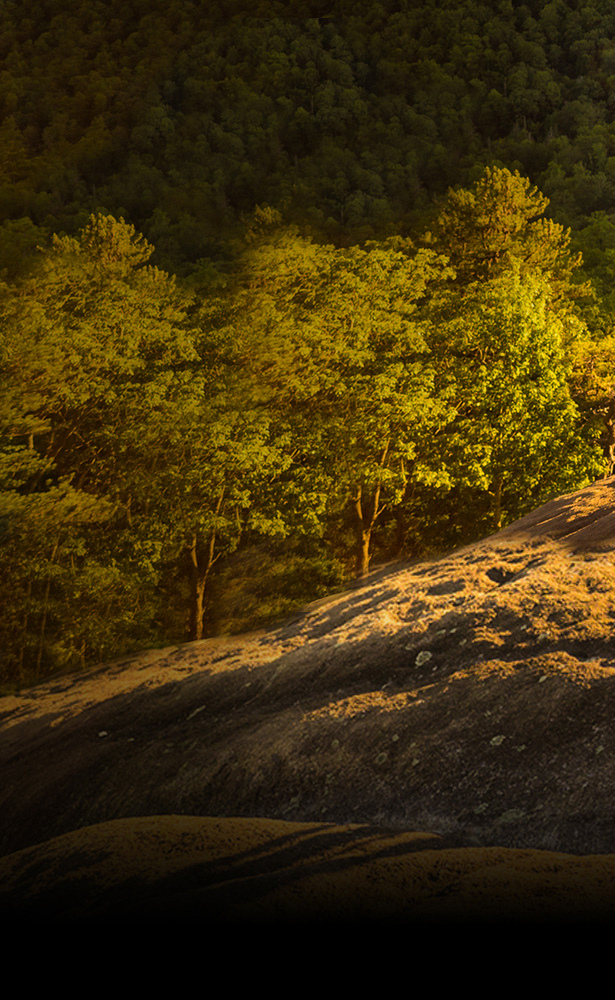
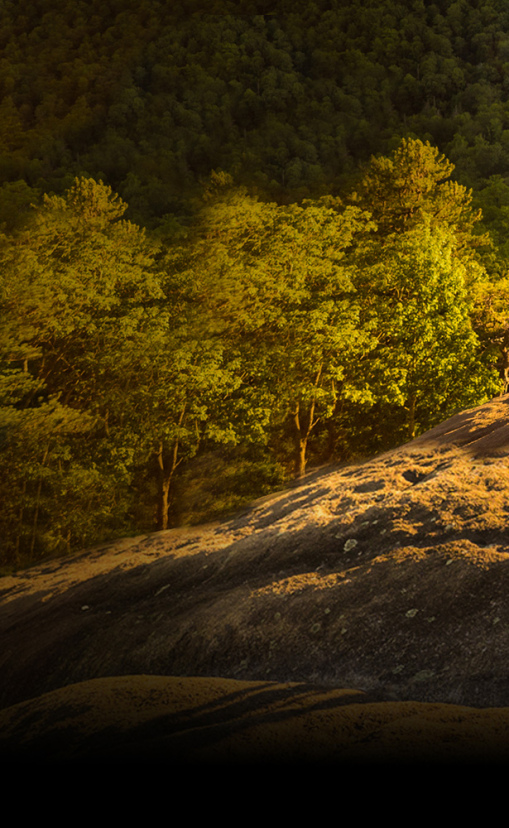
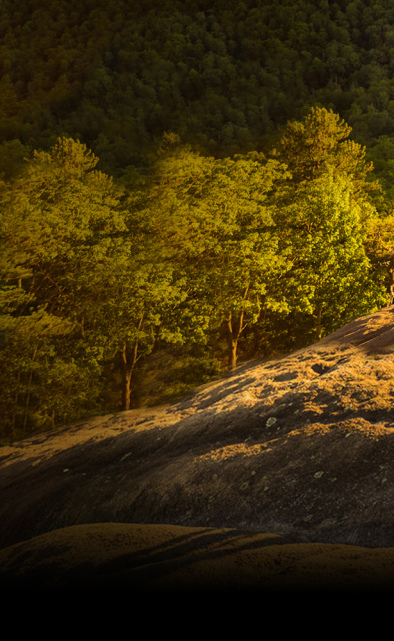

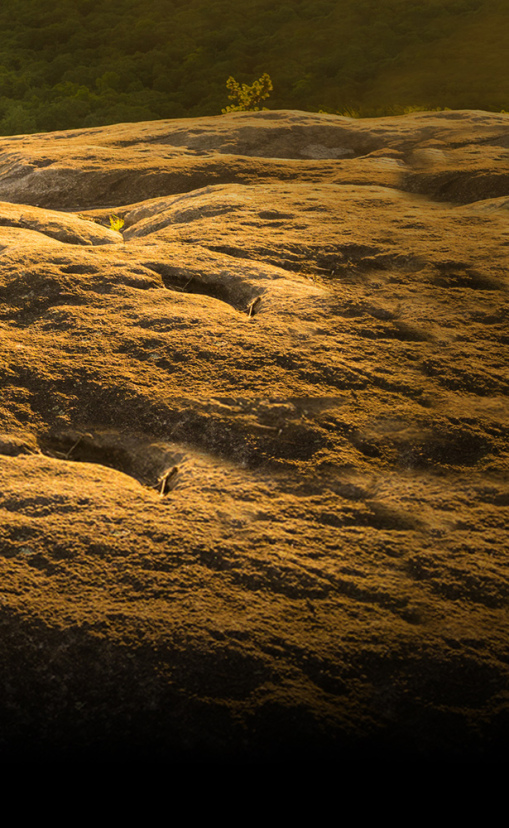
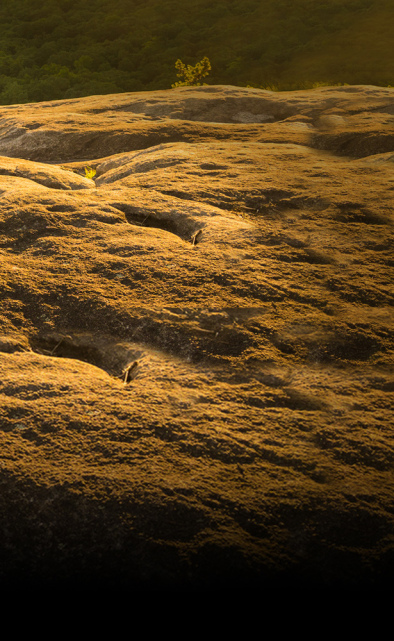



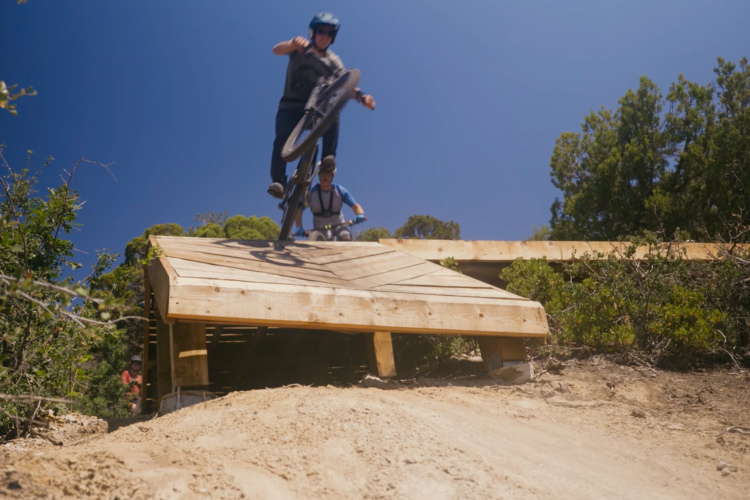


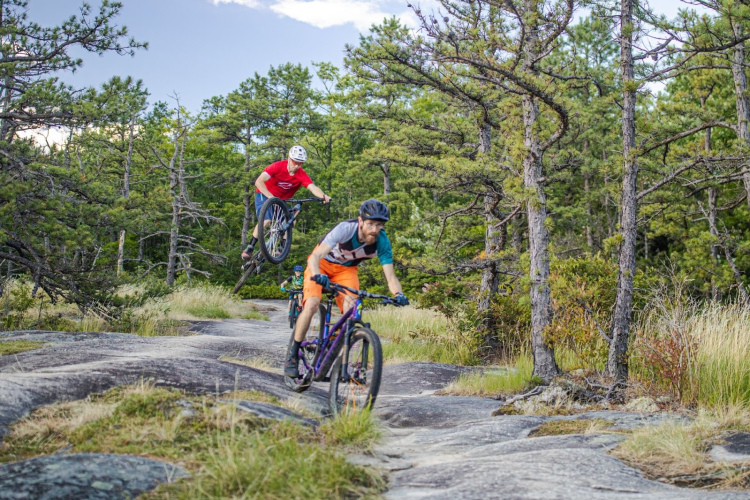

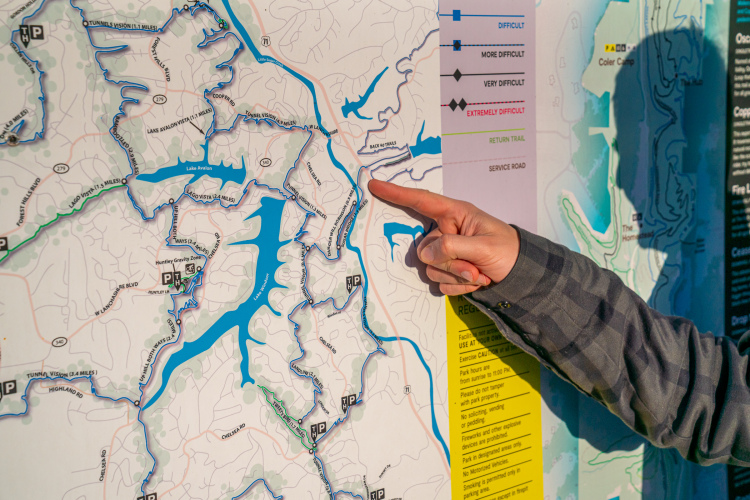

3 Comments
May 7, 2025
Maybe it’s trivial, but it would be neat to see a nod to the actual builders meaning those who cut the trail and ran the machines in the article. Trail orgs and business owners are obviously necessary for getting trails put in but so is the crew that actually does the hard labor.
May 8, 2025
May 8, 2025